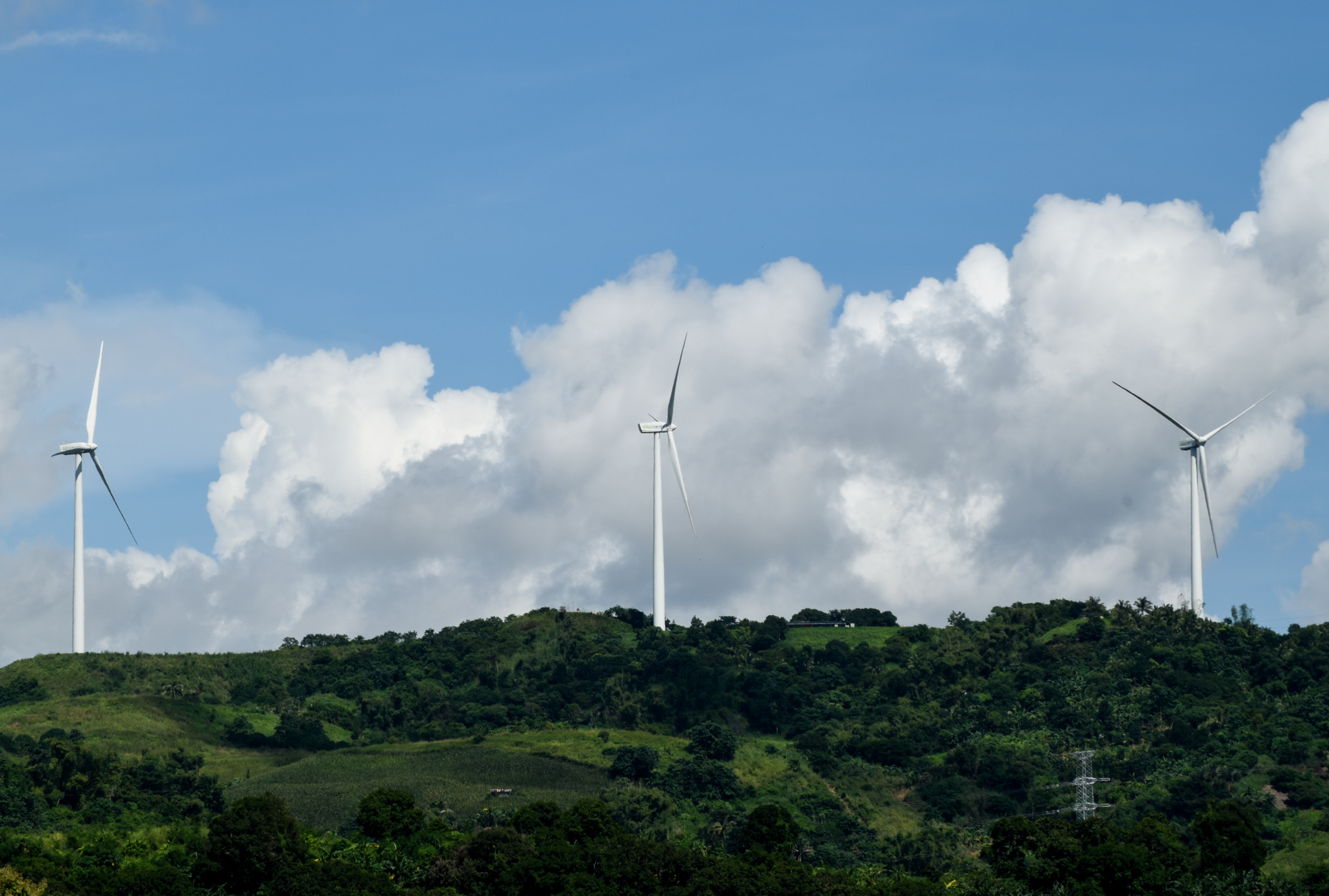What currently stands as the largest contributor to the world’s carbon emissions is energy generation, a sector dominated by fossil fuels such as natural gas and oil. Despite being non-renewable, these extracts are constantly being exhausted, which is worrying as they supply a majority of the world’s energy. While various forms of renewable energy (RE)—energy that continuously replenishes such as solar, hydroelectric, and wind—are already being widely used, fossil fuels still provided 89.33 percent of the country’s energy consumption last 2019, according to The British Petroleum Company.
With such a trend in consumption, the demand for fossil fuels will eventually outpace the supply. “At the end of the day, we have no choice [but] to make the switch [to renewable energy]. Why wait for your resources to run dry before making a change?” asks James Buskowitz, CEO of solar energy provider Buskowitz Energy, in an interview with The LaSallian.
Potential energy
Due to its availability, sustainability, and affordability, RE is considered a gamechanger by Mylene Capongcol, Director of the Department of Energy’s Renewable Energy Management Bureau.
On a similar note, Buskowitz points out that the Philippines’ geographical location is “well-positioned” for solar energy as the country has “almost twice the amount of sunlight as Germany, the leader in terms of solar capacity per capita,” adding that it would be a no-brainer for the Philippines to transition toward RE.
Capongcol furthers, “Our country is actually blessed with abundant untapped RE resources, [as] established in several resource assessment studies.” She cites the Competitive RE Zones (CREZ) process as an example which identified 25 RE zones with an estimated capacity of 152 gigawatts of new solar and wind energy projects. Through the CREZ process, land permitting obstacles and regulatory barriers can be avoided, reducing the risk for private sector RE investments and effectively scaling up renewable energy generation.
Apart from the CREZ process, there is the Renewable Energy Act of 2008, a law that provides fiscal and non-fiscal incentives in order to accelerate the development of the country’s RE resources. The law has already increased the country’s installed RE generating capacity from 5,284 megawatts (MW) to 7,399 MW, or by around 40 percent. In addition, the country’s installed RE generating capacity shot up to 25,531 MW last 2019, around 29 percent from 2018, through other laws and policy mechanisms. One of which was the Feed-In Tariff system—a policy mechanism providing a fixed above-market price for RE producers—which seeks to stimulate investment in RE technologies through long-term contracts.

Diamond in the rough
Despite established standards and practices and global climate efforts focusing on replacing fossil fuels with RE in the past years, renewable energy still remains relatively new and overlooked by many Filipinos.
Further, the development of the RE industry means potentially disrupting other energy industries such as those dependent on coal, possibly leading to their bankruptcy and the unemployment of their workers, among other consequences.
In the Philippines, what hinders the development of the RE sector the most are “the delays in the permitting processes, and land acquisition for site and transmission lines or grid availability,” Capongcol shares. Moreover, Buskowitz observes that people still think the technology is too expensive or too new as there are hardly any people using RE technologies such as solar panels. “Due to a lack of awareness in the country, many do not know that over the past 30 years, the cost of solar power systems has significantly gone down,” he states, following with a report from the DOE explaining that according to Bloomberg New Energy Finance, this year, solar panel prices will have declined by 55 percent of their costs 30 years ago.
With this, more conversations are being made as Atty. Antonio La Viña, an advocate for human rights and climate justice, claimed last September 25 in a global climate strike event, that the country can fully transition toward RE in only 10 years if it decides to do so immediately. But for Buskowitz, considering the pandemic, among other factors, “it will take around 30 years to fully transition the country towards being solely powered by renewable energy.”
No one can predict the future—especially concerning a complex topic such as energy—but what is certain is that the transition toward RE should start as soon as possible. Such an endeavor will mainly be “supported by the policy mechanisms that were recently [established, such as] the Green Energy Auction Policy and Renewable Energy Market Rules,” Capongcol confirms, disclosing that these plans are to be included in the DOE’s upcoming National Renewable Energy Program 2020-2040, the country’s main blueprint for the development of the RE industry through stimulating investments and commercializing renewable energy.
While the energy source is readily available, “both the public and private sectors should work hand in hand to create more updated policies and allow more renewable energy providers to come into the playing field to offer a competitive and affordable product for everyone,” Buskowitz concludes.

Leave a Reply